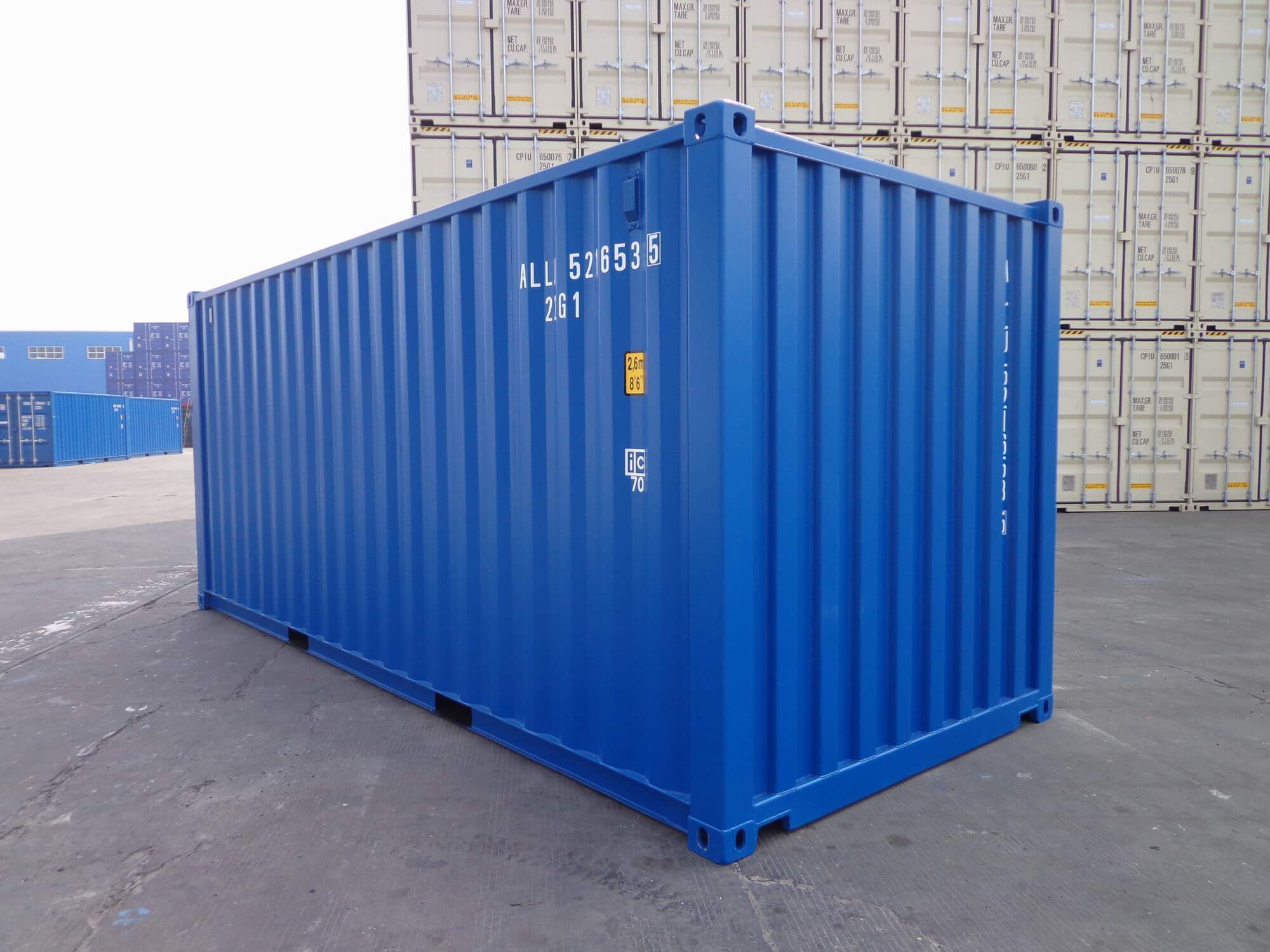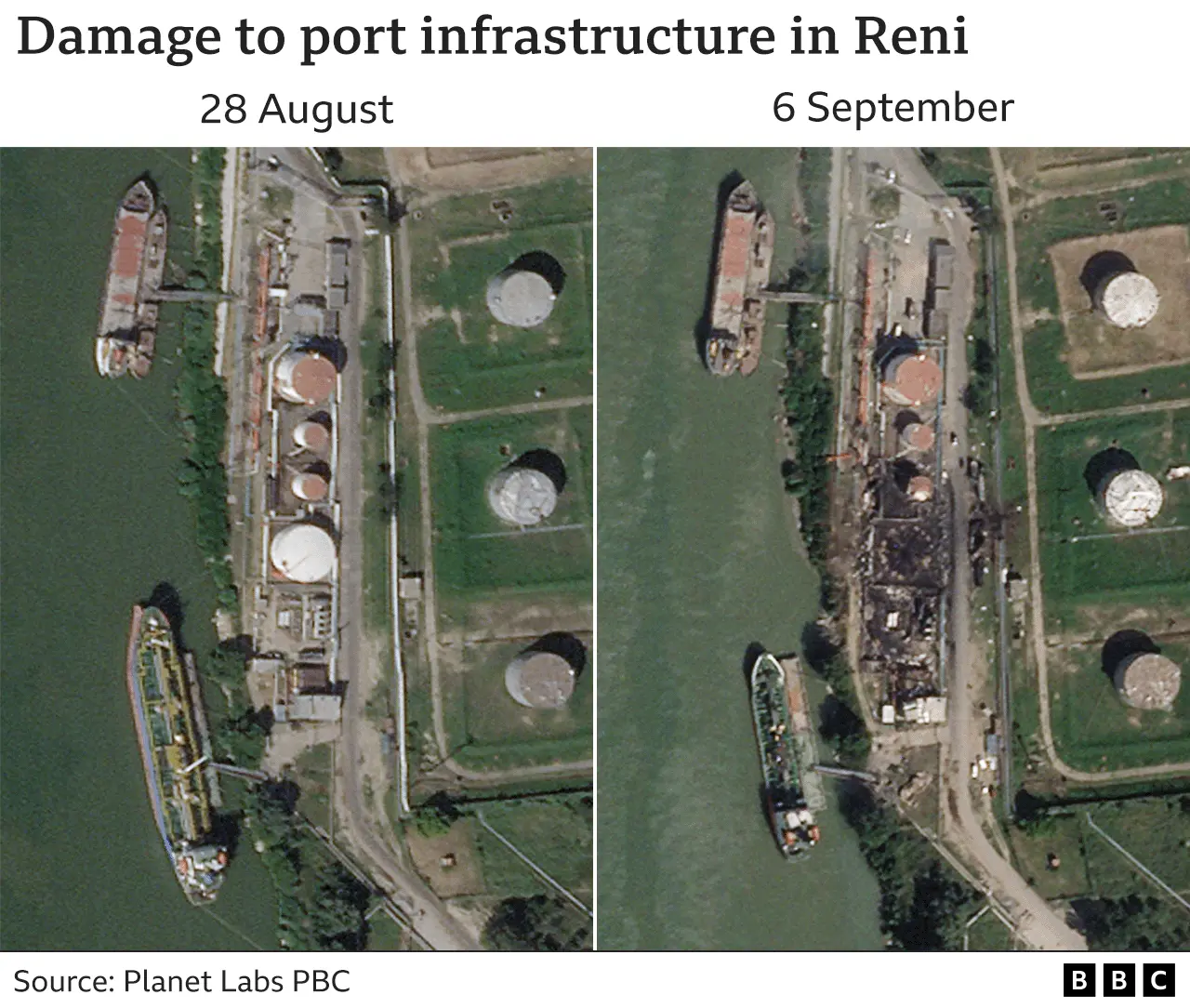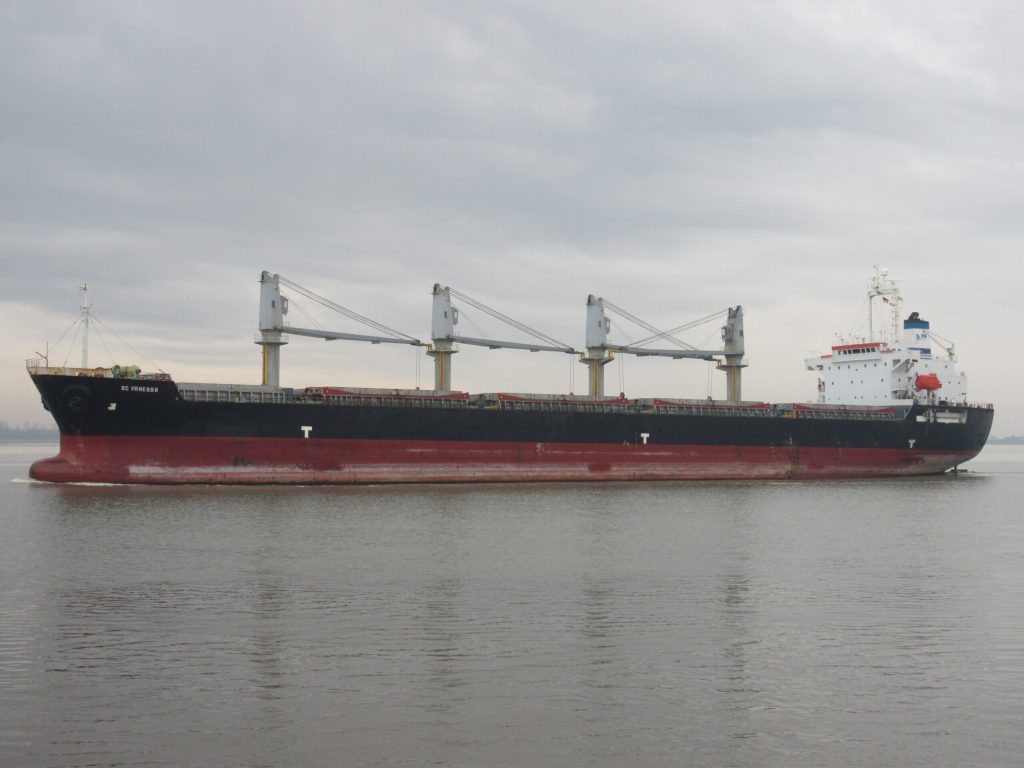In the ever-evolving landscape of global trade, certain regions play a pivotal role in maintaining the flow of goods across continents. Among these, Ukraine’s seaports have become critical nodes in the international supply chain, particularly in the context of agricultural exports and maritime logistics. As the United States continues to monitor global economic shifts, understanding the significance of Ukrainian seaports is more important than ever.
This article explores the operational resilience of Ukrainian seaports, their strategic importance in global trade, and the challenges they face amid ongoing conflict. It also highlights how these ports continue to function under extreme conditions and what the future holds for maritime trade from this region.
The Strategic Importance of Ukrainian Seaports
Ukrainian seaports are not just local hubs; they are vital links in the global food supply chain. Located on the Black Sea, these ports serve as gateways for exporting essential commodities like grain, iron ore, and steel. The country’s ability to maintain its maritime trade despite the war has been nothing short of remarkable.
The Port of Odesa, Chornomorsk, and Pivdennyi form the backbone of Ukraine’s maritime corridor. These ports handle millions of tons of cargo annually, with 2024 marking a record year for cargo volume. According to the Ministry for Communities and Territories Development of Ukraine, the total cargo processed by these ports reached 97.2 million tons, a 57% increase compared to the previous year. Agricultural exports alone accounted for 60 million tons, underscoring the critical role these seaports play in feeding the world.
How the Maritime Corridor Functions

One of the most significant achievements in recent years has been the establishment of the Ukrainian Maritime Corridor. This system allows for the safe passage of commercial vessels through the Black Sea, despite the ongoing threat of Russian attacks. The corridor connects the ports of Odesa, Chornomorsk, and Pivdennyi, and is governed by a complex network of security and logistical mechanisms.
The Ukrainian Navy plays a crucial role in ensuring the safety of the corridor. Naval forces escort convoys along designated routes, and divers neutralize mines that threaten navigation. Additionally, the State Border Guard Service and the Marine Search and Rescue Service work in tandem to monitor and respond to potential threats.
Vessels entering the corridor must meet strict criteria. Ships flying the Russian flag or owned by sanctioned entities are prohibited from entry. All vessels must transit in convoys, coordinated by the Ukrainian Sea Ports Authority (USPA). This system ensures that only authorized ships can access the ports, minimizing the risk of hostile interference.
Insurance and Risk Management

Given the high-risk environment, insurance has become a critical component of maritime operations. Standard insurance policies do not cover war-related risks, necessitating additional Extra War Risk Insurance (EWRI). Initially, the cost of such insurance was prohibitively high, but a new initiative called Unity has helped stabilize the market.
Launched in partnership with the Ukrainian government and Lloyd’s, Unity provides affordable war risk coverage for non-military cargo. With a rate of 1.25%, this program has made it economically viable for shipping companies to operate in the region. The program is supported by Ukrainian banks and Germany’s DZ Bank, further enhancing its credibility.
Containerized Cargo and Intermodal Logistics

Another key development in 2024 has been the partial restoration of container traffic through the ports of Greater Odesa. Around 300,000 containers were handled throughout the year, signaling a return to normalcy in some areas. While direct container transit through Ukraine remains limited, the majority of cargo still moves through neighboring countries via intermodal logistics solutions.
Intermodal transport involves the use of multiple modes of transportation—such as trucks, trains, and ships—to move goods efficiently. This approach has become essential for Ukrainian operators, who have had to adapt to infrastructure disruptions and shifting trade routes.
Risks and Challenges
Despite these successes, the maritime sector in Ukraine continues to face significant risks. Russian attacks on ports and energy infrastructure remain a constant threat. Air defense systems have proven effective in protecting key facilities, but the risk of sudden strikes cannot be ignored. In addition, the presence of sea mines in the Black Sea poses a major hazard to navigation.
Efforts are underway to address these challenges. Turkey, Romania, and Bulgaria have launched a joint mine-sweeping initiative to detect and neutralize sea mines. This collaboration is expected to restore safe navigation in the region, although progress will take time.
The Outlook for 2025

Looking ahead, the Ukrainian maritime sector is expected to continue operating in a highly complex and dynamic risk environment. However, its demonstrated ability to adapt and innovate suggests that the sector is well-positioned to withstand future challenges.
Investments in infrastructure renewal and modernization are critical for long-term sustainability. Oleksandr Semyrha, head of the Ukrainian Sea Ports Authority, has emphasized the need for tens of millions of euros in funding to repair and upgrade damaged facilities. Despite the destruction of over 400 infrastructure sites, Ukrainian ports continue to function, playing a crucial role in the country’s economic stability.
Conclusion
The resilience of Ukrainian seaports in the face of ongoing conflict is a testament to the strength of the country’s maritime sector. These ports are not only vital for Ukraine’s economy but also for global food security and trade. As the United States and other nations look to secure stable supply chains, the role of Ukrainian seaports will only grow in importance.
With continued investment, innovation, and international cooperation, the future of Ukrainian maritime trade looks promising. For now, the ports stand as symbols of perseverance and determination, ensuring that the flow of goods continues even in the most challenging times.
Meta Title: US Trending News: Key Ukrainian Seaports and Their Role in Global Trade
Meta Description: Discover the strategic importance of Ukrainian seaports in global trade and their role in maintaining food supply chains amidst ongoing conflict.
Author: John A. Thompson
Title/Role: Senior Economic Analyst
Credentials: With over 15 years of experience in global trade and logistics, John has covered major developments in maritime commerce across Europe and Asia. His work has been featured in leading publications such as Forbes and The Economist.
Profile Link: LinkedIn Profile
Sources:
– Ukrainian Ministry for Communities and Territories Development
– Ukrainian Sea Ports Authority
– Marsh McLennan – Unity Insurance Initiative
Internal Links:
– Global Trade Trends in 2024
– The Future of Maritime Logistics
– Ukraine’s Economic Resilience
Call to Action: Stay updated with the latest news on global trade and economic developments. Explore today’s headlines to stay informed.
URL Slug: us-trending-news-key-ukrainian-seaports-and-their-role-in-global-trade
Schema Markup:
{
"@context": "https://schema.org",
"@type": "Article",
"headline": "US Trending News: Key Ukrainian Seaports and Their Role in Global Trade",
"datePublished": "2025-04-05",
"dateModified": "2025-04-05",
"author": {
"@type": "Person",
"name": "John A. Thompson"
},
"publisher": {
"@type": "Organization",
"name": "Global Trade Insights",
"logo": {
"@type": "ImageObject",
"url": "https://example.com/logo.png"
}
},
"description": "Discover the strategic importance of Ukrainian seaports in global trade and their role in maintaining food supply chains amidst ongoing conflict."
}
Featured Snippet Optimization:
Ukrainian seaports, including Odesa, Chornomorsk, and Pivdennyi, play a critical role in global trade by handling record cargo volumes and supporting agricultural exports. Despite ongoing conflict, these ports remain operational through strategic logistics and international cooperation.
Dwell Time & Bounce Rate Reduction:
This article provides a comprehensive overview of Ukrainian seaports, their challenges, and their importance in global trade. Readers will gain valuable insights into the resilience of the maritime sector and its impact on the global economy.
Reader Engagement:
What role do you think Ukrainian seaports will play in the future of global trade? Share your thoughts below and join the conversation.











More Stories
US Trending News: Understanding Shade Lighter Than Cappuccino: A Guide to Coffee Bean Roasts
Understanding the Evolution of Online Casinos in Canada: A 2019 Perspective
US Trending News: What Is the Average Perfusionist Salary in the U.S.?